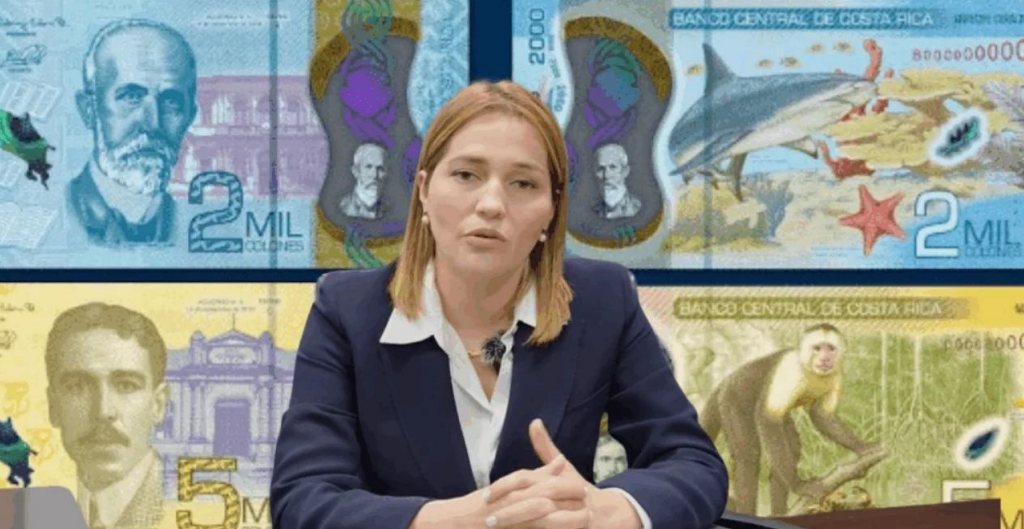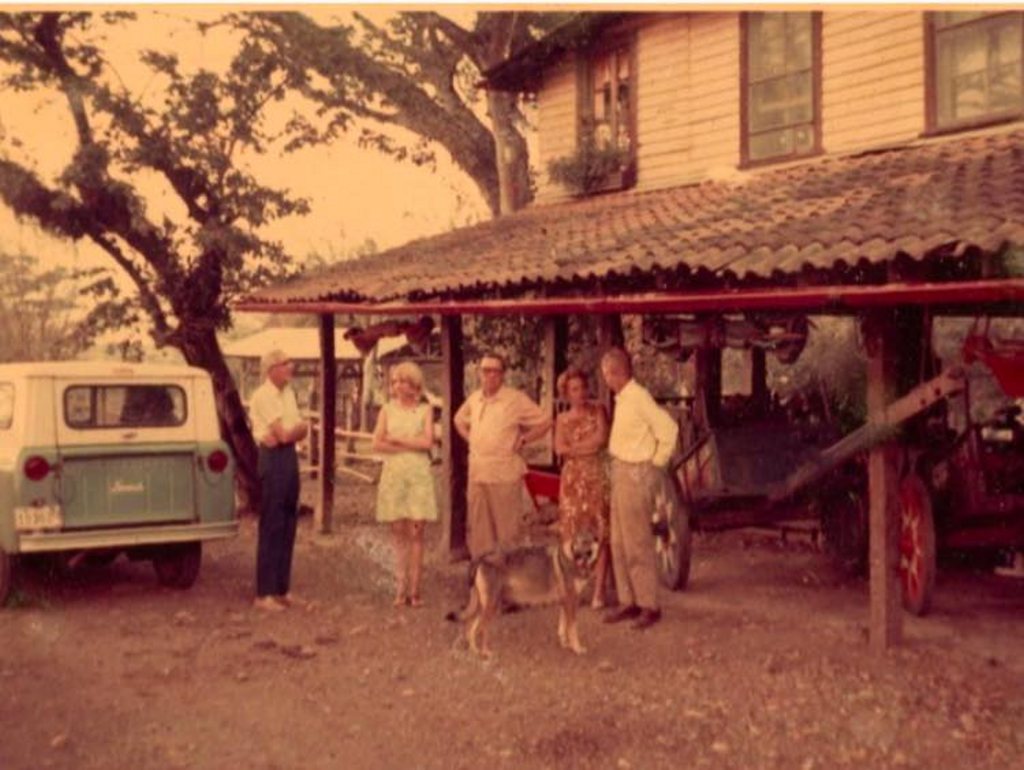QCOSTARICA — In September of last year, Executive Decree No. 44187-MGP came into force, which revised the rules for issuing entry visas to Costa Rica. One significant change in this reform is the longer timeframe allowed for foreigners to stay in the country under the tourism category.
The reform permitted tourists from countries in the first group* designated by the Dirección General de Migración y Extaneria (DGME) – Costa Rica’s immigration service – a stay in the country for up to 180 days (6 months) without any interruptions.
– Advertisement –
Before the reform, the maximum period of legal stay for tourists was 90 days (3 months).
However, driving privileges for tourists remained unchanged, not allowing them to drive for the full 180 days stay in Costa Rica
Executive Decree No. 44187-MGP was unable to modify the regulations of the Traffic Law, specifically Article 91, which allows individuals with a foreign driver’s license to drive in the country for a maximum of three months.
As a result, tourists from the first group are permitted to remain in the country for up to 6 months, but they are restricted from driving a vehicle for the latter 3 months of their stay.
And the rest of the time? They would need to do a “border run,” where they exit and re-enter the country to reset the immigration timeline in order to continue driving legally.
Driving beyond the three-month limit would mean risking a traffic fine, and/or confiscation of the vehicle and/or license plates. Ouch.
– Advertisement –
Now, the possibility of tourists driving up to 180 days in Costa Rica is moving closer to becoming a reality.
The second vote of the bill approved in first debate is scheduled for next week, in the first week of April, and although changes can still be made to the bill during this stage of the legislative process, it is seen as more of a formality.
The next step is for the bill to be sent to the President for signature and then published in the official government newsletter, La Gaceta, to be officially recognized as law. The time frame can frame for these last two steps in the process can be as short as a few days, but most likely a week or two.
– Advertisement –
*The DGME, through the General Guidelines for Entry and Permanence Visas for Non-Residents, divides the different countries of the world into 4 groups. While citizens of the first and second group do not require a visa to enter the country, those in the third group require a consular visa (for example, Nicaragua, Venezuela and Colombia) and those in the fourth group require a restricted visa (for example, Cuba, Haiti, and Afghanistan).
By guidelines in force to date, the first group is made up of 62 States, which include, Argentina, Brazil, Spain, Mexico, Panama, Germany, Australia, Austria, Canada, Emirates United Arabs, United States of America, France, Israel, Italy, Japan, United Kingdom of Great Britain, South Korea, Greece, Switzerland, and Ukraine, among others. See the full list here at https://www.migracion.go.cr.
– Advertisement –
Source link
Rico



